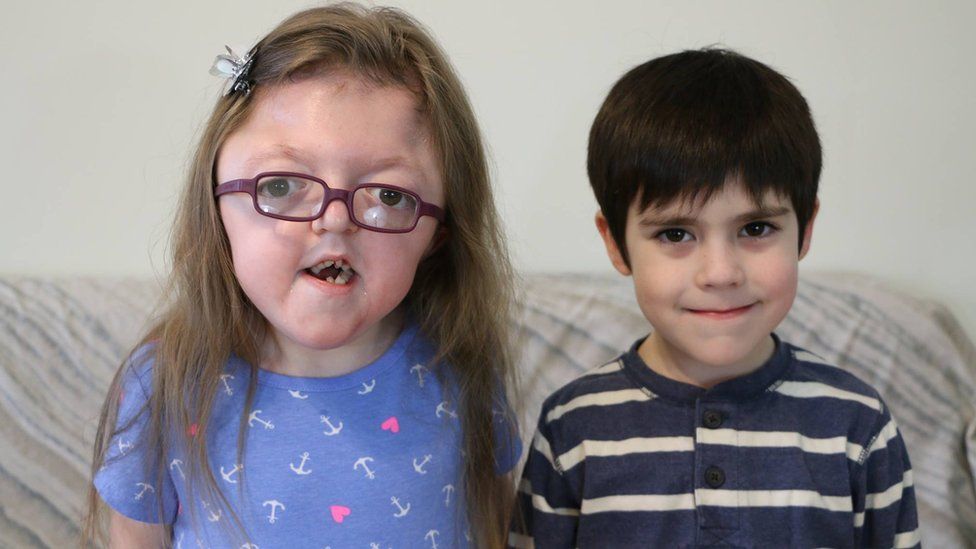SPED Kid

Special Education (SPED) is a field dedicated to ensuring that children with diverse learning needs receive appropriate educational support and services. SPED encompasses a wide range of disabilities, including physical, cognitive, emotional, and behavioral challenges. In this article, we delve into the world of SPED children, exploring their unique needs, the challenges they face, and the strategies to support their holistic development.
Table of Contents
ToggleUnderstanding SPED Children:
SPED children are individuals with exceptionalities, requiring specialized instructional methods, interventions, and accommodations to facilitate their learning and development. These children may have various diagnoses, such as autism spectrum disorder (ASD), attention deficit hyperactivity disorder (ADHD), dyslexia, intellectual disabilities, or physical impairments.
One crucial aspect of understanding SPED children is recognizing their diversity. Each child has unique strengths, weaknesses, interests, and learning styles. Some may excel in certain areas while facing difficulties in others. It’s essential to adopt a person-centered approach, focusing on individualized education plans (IEPs) tailored to meet each child’s specific needs and goals.
Challenges Faced by SPED Children:
SPED children encounter numerous challenges throughout their educational journey. These challenges can stem from their disabilities, societal attitudes, lack of resources, or inadequate support systems. Common difficulties include:
- Academic struggles: SPED children often face difficulties in academic subjects, such as reading, writing, and mathematics, due to their learning disabilities or cognitive impairments.
- Social isolation: Many SPED children experience social isolation and rejection from their peers, leading to feelings of loneliness, low self-esteem, and depression.
- Bullying and discrimination: SPED children are at a higher risk of being bullied or discriminated against due to their differences, further exacerbating their social and emotional challenges.
- Limited access to resources: Inadequate funding, lack of trained professionals, and limited access to assistive technologies can hinder SPED children’s access to quality education and support services.
Supporting SPED Children:
Despite the challenges they face, SPED children have the potential to thrive with the right support and interventions. Here are some strategies to support their holistic development:
- Individualized education plans (IEPs): Collaborate with parents, teachers, and specialists to develop personalized IEPs that address the child’s unique needs, strengths, and learning goals.
- Differentiated instruction: Implement varied teaching strategies, instructional materials, and assessment methods to accommodate the diverse learning styles and abilities of SPED children.
- Inclusive classrooms: Foster a supportive and inclusive learning environment where SPED children feel valued, accepted, and respected by their peers and teachers.
- Assistive technologies: Utilize assistive technologies, such as text-to-speech software, alternative keyboards, or communication devices, to enhance SPED children’s access to educational materials and facilitate their participation in classroom activities.
- Social skills training: Provide opportunities for SPED children to develop social skills, such as communication, cooperation, and empathy, through structured activities, group projects, and peer interactions.
- Positive behavior support: Implement proactive strategies, rewards, and reinforcements to promote positive behavior and address challenging behaviors effectively.
- Family involvement: Engage parents and caregivers as active partners in their child’s education, providing them with information, resources, and support to facilitate their involvement in the learning process.
Conclusion:
Supporting SPED children requires a comprehensive approach that addresses their diverse needs, challenges, and strengths. By fostering inclusive environments, implementing personalized interventions, and collaborating with families and professionals, we can empower SPED children to reach their full potential and lead fulfilling lives. It’s time to recognize the value and potential of every child, regardless of their abilities or disabilities, and ensure that they receive the support and opportunities they deserve.





